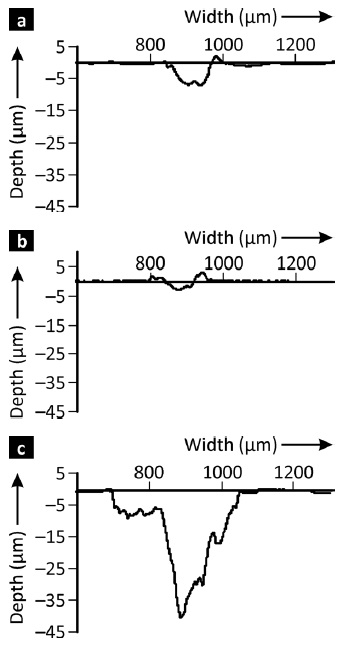
The microstructure of an electroplated Ni-Ni3P-diamond composite has been studied by field-emission scanning electron microscopy, energy dispersive X-ray spectrometry and transmission Kikuchi diffraction. The use of an electron transparent sample reduced the resolution limits of X-ray spectrometry and electron backscatter diffraction. Basing on the P distribution and Ni/Ni3P orientation maps, standard observations made by backscattered electron imaging can be easily interpreted.

